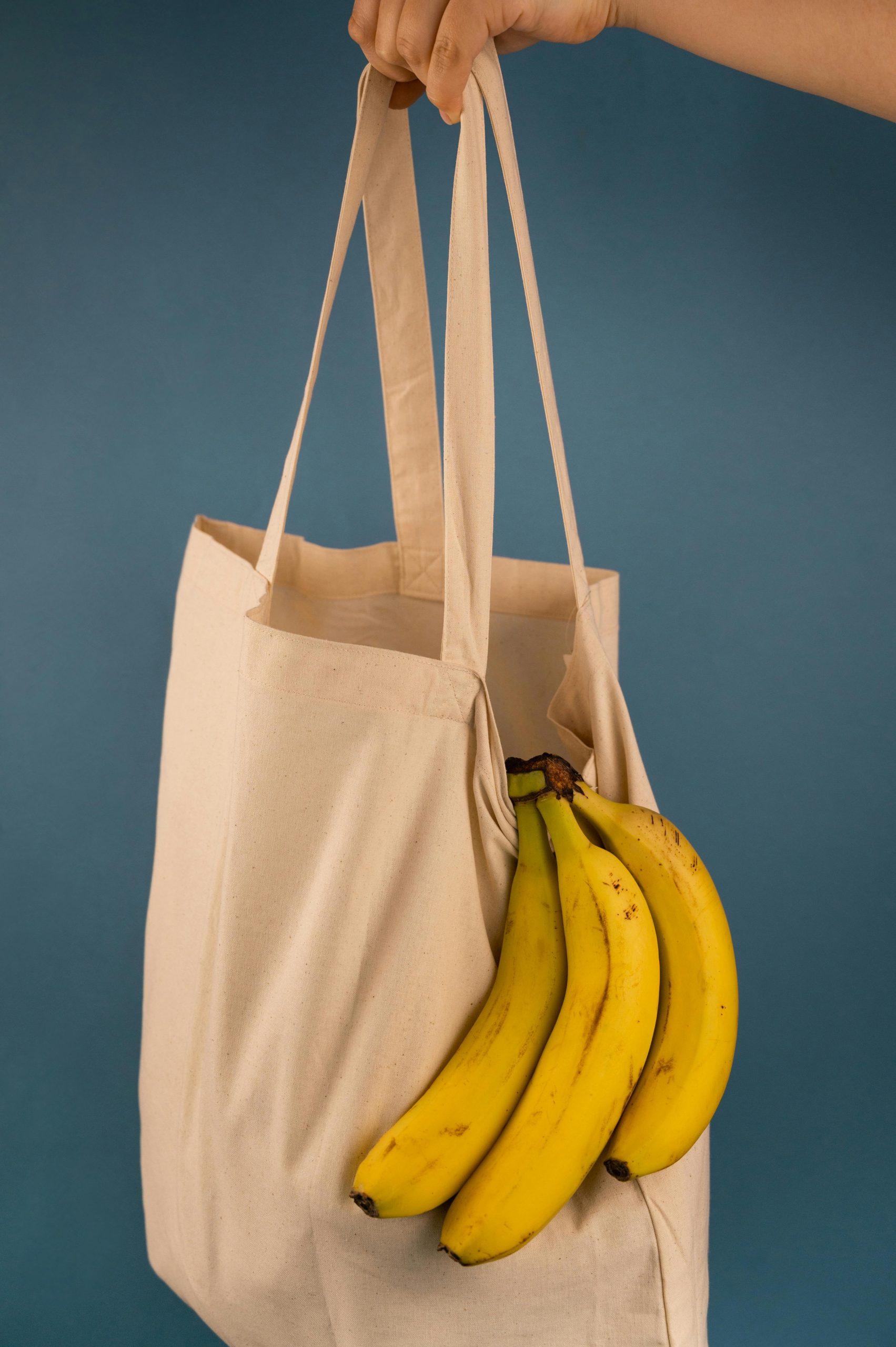Many of us like to make weekly grocery shopping trips either as a routine and without much thought or in an effort to curb our household food waste. But every trip and item in your trolley has a story before it reaches your kitchen. From how much petrol you use on the journey and how the produce was farmed, to how far it’s travelled, your groceries can contribute to your carbon footprint more than you might realise. The good news? Small, mindful changes can make a big difference.
Why do groceries have a carbon footprint?
It’s not all because of your weekly shopping trips. Groceries have a carbon footprint because of a range of reasons, including land use changes, farming practices, transportation, production methods, food processing and packaging methods, waste generation, and types of food groups.
- Land use changes: Clearing land (especially grasslands and forests) for agricultural use releases stored carbon from the earth and reduces the planet’s ability to absorb emissions.
- Farming practices: Livestock farming, fertiliser use, and irrigation produce gas emissions, the most potent greenhouse gases being methane and nitrous oxide.
- Transportation: Food that travels far distances (often by plane or truck) burns fossil fuels before even reaching your fridge.
- Production methods: Energy-intensive farming, irrigation, and machinery all add up to producing immense amounts of greenhouse gases.
- Food processing and packaging: Processed foods, like tinned foods, require more energy, and packaging materials like plastic or aluminium take resources to create, often ending up in landfills.
- Waste generation: Uneaten or spoiled foods produce methane when they decompose, adding to emissions.
Carbon footprints produced by food groups:
- Meat & dairy: This group has the highest impact due to livestock emissions and feed production.
- Processed foods: Require more energy and packaging.
- Imported or out-of-season produce: These easily add large impacts to emissions due to long travel distances and using loads of energy for refrigeration.
- Single-use packaging: Usually plastic, these add unnecessary waste and production emissions.

Simple ways to reduce your grocery carbon footprint
- Eat a more plant-based diet: Even swapping out a few meat-based meals for vegetarian or vegan ones can dramatically cut your carbon footprint. Think lentil curries, hearty salads, and veggie stir-fries.
- Cook using less energy: Don’t overfill the kettle, use lids on pots, and consider gas over electric if possible. These small kitchen habits save both energy and money.
- Avoid excess packaging: Bring your own containers and reusable bags. Skip individually wrapped snacks and opt for bulk buys instead.
- Shop seasonally and locally: In-season produce usually travels shorter distances and supports local farmers.
- Choose compostable coffee pods and tea bags: Single-use pods and tea bags with plastic linings or seals add unnecessary waste to landfills (that will take at least 500 years to decompose!). Try compostable pods and loose-leaf tea instead.
- Reduce your food waste: Plan your meals, store leftovers properly, and compost scraps or spoiled foods whenever possible.
- Buy the “wonky” produce: Imperfect fruits and vegetables are just as tasty as perfect ones, and often cost less.
- Freeze in bulk: Buy staples like bread, herbs, fruits and berries in bulk and freeze them to reduce spoilage.
- Buy organic where possible: Organic farmers use fewer chemicals and often support natural, healthier soil practices.
- Support sustainable brands: Rather invest in eco-conscious foods that promote ethical and sustainable practices.
Every choice you make in the grocery store doesn’t just impact your life, but the planet’s, too. By being more mindful about what you buy and how you store, cook, and dispose of food, you can significantly shrink your household’s carbon footprint, one shopping trip at a time.

